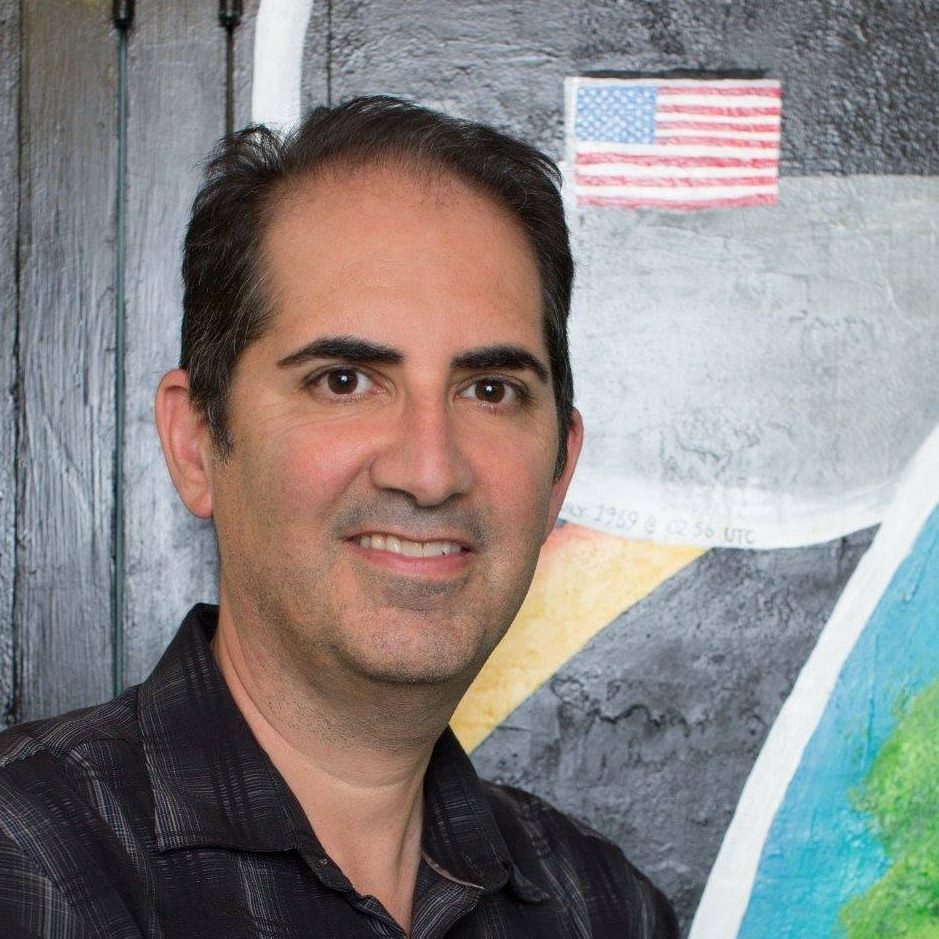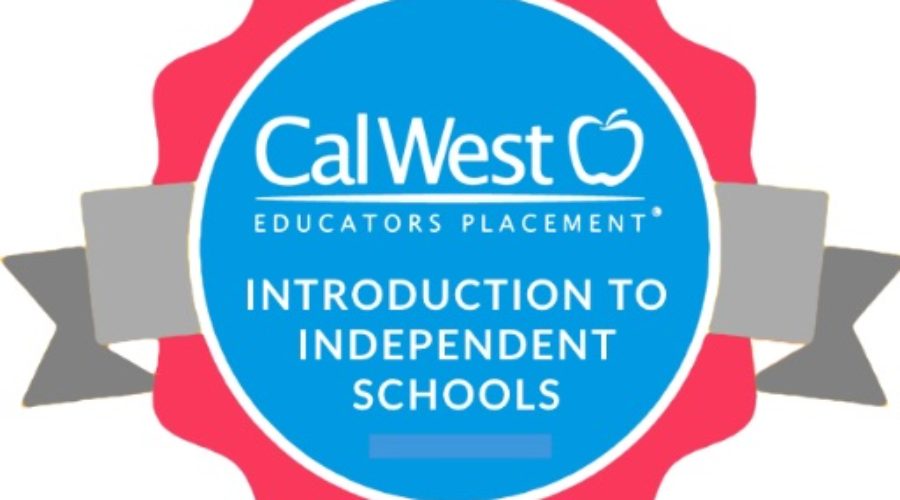Introduction to Independent Schools

In preparation for the challenge I’ve accepted to raise my game as an educator, I invested in this online course offered by OneSchool. In addition to joining a cohort of teachers making similar transitions, I was able to learn from instructor Peter Gow in ways that will benefit me and my students for years to come.







Quotes from Peter: “The cost-and-access issue is huge for most independent schools, and most schools put huge amounts of energy into creating financial aid or other tuition-reducing practices that can make them more available to more kinds of families and students.
Insofar as independent schools are independent, each school is on its own in addressing this issue and other policy issues that relate to demographics and price point. NAIS, as the industry’s main “business association,” tracks aspects of this, and you can see from this study (Links to an external site.)
, for example, that in general independent schools are not keeping pace demographically with regard to race. School costs have also escalated fairly rapidly (as have college tuitions), which presents another barrier to fully equitable enrollment.
I can’t find the current NAIS statistic, but in general I believe that something like 25 to 30% of independent school students nationally are of color (defined as representing all non-white demographic categories), and I believe the financial aid number is similar. Many schools have worked especially hard to make sure that financial aid is in balance—that is, that all students are not either full-pay or receiving full-tuition aid packages. This has the effect of creating more socioeconomic diversity.
That said, schools tend to be painfully aware of past histories of exclusion and the like, and really since the beginning of the “Civil Rights Movement” in the 1960s and 70s have been working proactively to be places of equity in access and in practice. You will be hard pressed, I hope, to find an independent school teacher who is not eager to bring more equity and justice into their classroom and their school, and “DEI” (diversity, equity, and inclusion) is a huge part of many schools’ professional development programs and strategic priorities.
It should also be noted, though this doesn’t come up as a topic in this context very often, that independent schools these days tend to be working hard to provide not just safe but actively supportive learning environments for kids whose “diversity” is not represented in traditional ways. LGBTQ and transgendering students can find comfort, safety, and support in lots of independent schools, and smaller classes and intensive advising systems serve as good resources for kids with learning differences or who represent many kinds of neurodiversity. Lots of schools have been providing lots of training to faculty and staff on these issues for decades.
Schools that I have worked in have also welcomed refugee and undocumented children, fully funded; one of these became my foster son and is now the father of my first granddaughter.
Are there great kids and wonderful families who are left out of all this? Sadly, yes, and way too many. This to me is another argument why independent schools ought to be considering a more active role in sharing with the educational community how to create programs and policies for reaching every child.”
On Mission Statements: As part of the every-ten-year accreditation process, independent schools are required to revisit and review their mission statements. I will allow that when I was in my beginning years, this was probably a pro forma exercise at many schools, and a couple of administrators and a couple of trustees would look it over and pronounce it fine.
But things began to change in the late 1970s, in no small part because teachers and students had begin to realize that complacent elitism (for which independent schools have long been and still often are stereotyped) was not going to provide a relevant, interesting, or attractive education, especially as the world began to undergo so many “revolutions” around human rights and social justice. Not every independent school parent was or is the fat-cat Millionaire on Gilligan’s Island; even affluent people want their children prepared to thrive in an increasingly diverse, complex, and globalized society and prepared to make the intellectual leaps and connections necessary to stay productive and employed in a time when technology and changing economic conditions make every new day a little different from its yesterday.
Thus, mission statements began to change to reflect these new concerns and opportunities. Words like “global” and “engaged” and “just” began to appear, and new understandings of how kids learn best spawned the spread of words like “joy” and “active” and “passion” in mission statements.
Even musty old mission statements and mottoes from as far back as the 1700s began to take on new significance as new voices with new concerns began re-interpreting and and redefining old language to reflect current urgencies.
So, in this general way, yes, absolutely, by osmosis and the pressure of the times.
But increasingly the voices of teachers and students are heard when a school begins its mission review and self-study for re-accreditation. The mission review committee is likely to include teachers and maybe students, or there may be a survey to all students and faculty.
A few schools, including one where I worked, include voting constituent seats on the board of trustees for teachers and students. (I was once the elected faculty trustee for a term, and one of my kids served two terms as the elected student trustee.) I am a HUGE fan of this particular practice.
There is also another indirect thing: if your school’s mission were irrelevant or antithetical to you, you wouldn’t have wanted to work there. If teachers didn’t like it, they would leave. If kids didn’t buy in, they’d kick up a storm or leave, too. Voting with one’s feet works.
The shift in the nature of mission statements has been, almost exclusively, in the direction of addressing the social and emotional side of students as learning beings, as we have learned that human decency is critical and that students learn better when their emotional needs are being addressed and their emotional side is being stimulated.
Thirty years ago, I say shamefacedly, few schools were talking about empathy. As important a value and a disposition as empathy is, it just wasn’t on schools’ radar as something fundamental. Now we see it as crucial not just to”not bullying” but
to making diversity, equity, and inclusion work meaningful
to working collaboratively with other students
to the thinking and planning that are essential to effective work relating to real-world issues
to advocating on behalf of one’s own positions in debates or discussions, and to understanding and even advocating for others’ positions
I’m almost tempted to credit To Kill a Mockingbird with gifting us empathy, when Atticus tells Scout not to judge someone until you have walked in their shoes. In 1962 or so this was revelatory, revolutionary even, for young me, and in the context of the story it’s possibly still Empathy 101 for today’s students.
Resilience is the most recent arrival in the mission dictionary, coming in directly from work around “grit” and other aspects of looking at learning and development from a social/emotional perspective. When I was a wee laddie in Eisenhower years, what we now understand as resilience was seen more or less as a kind of mental toughness that someone either had or not, often described in the language of stereotypical masculinity: you either got up and punched the bully back or you were just, well, weak. Nowadays we see the power of resilience in all kinds of contexts, and we even know that it is a disposition that can be fostered and even taught. Welcome, resilience!
In the early 2000s you also saw a bunch of mission statements with tech references of language, but fortunately we have now decided that tech is a tool for teaching, learning, and living and not an end in itself. Goodbye, technology in the mission context
One thing to determine is how easy it might be for you to get your class off campus, out into the big world that is California. Field travel and research can really turn kids on, and within a short distance from you there is a ton of history and many kinds of landscapes, agricultural enterprises, and even the fishing industry.
The world of place-based education (PBE) is beginning to grow, and you might just Google the term and see what you get. One resource is the Promise of Place site (Links to an external site.)
, which has some downloadable resources (and not much specifically on California, alas) that include some templates and handbooks on PBE. At this point they seem to be about gathering, but you might find something there.
I also found this guy (Links to an external site.)
, who seems to have worked on PBE from an elementary perspective and might be a resource.
I don’t know if Carey is a part of any of the consortia of Bay Area independent schools, but ask your new colleagues, and if it is, find out how to access a discussion group and post a query on this. It may be that others have been laying groundwork for you on this.
Your classmate Terri in this course will be at Sea Crest in Half Moon Bay; maybe you can do a joint field trip or two. Classmate Garry will be at Alta Vista. Could be some collaboration possibilities here!
At many schools the impetus for leaning into more “modern” approaches to teaching and learning arises from the faculty, and book circles or critical film viewings can form a nucleus for discussion in low-stakes forums. (When I say “film” I am thinking both of didactic films about education and policy like Beyond Measure (Links to an external site.)
or Race to Nowhere (Links to an external site.)
or Most Likely to Succeed (Links to an external site.)
but also about films that portray teaching and schools in a certain way. Wouldn’t it be interesting to get some teachers together to watch and then seriously discuss, say, Dead Poets Society or even the ancient To Sir, With Love? What do we learn about teaching and learning from such movies? How might the schools portrayed have made themselves better places for kids if they had been more open to innovative teaching? Were the “radical” teachers always right?)
In all events, maybe instigating some kind of discussion and study group might be a start. And hey, why not recommend “Futility” to all, with a discussion. It’s old and venerable to some of us, but to others it can be as fresh and surprising as something cranked out yesterday.
In the late middle of my in-school career, my job was to convince an entire faculty that Grant Wiggins and the folks at Project Zero (Links to an external site.)
were onto something that we all needed to be doing. I can’t say that process went seamlessly or swiftly, but the more my colleagues learned, the more easily and eagerly they began to start trying out new stuff, until the relevant elements of the school’s strategic plan had been fulfilled. The teachers for whom it was hardest just needed to understand that a) what they had been doing wasn’t wrong or awful but that b) the newer approaches actually made things a bit easier in many ways and also built stronger and more vibrant cultures in the classroom.

